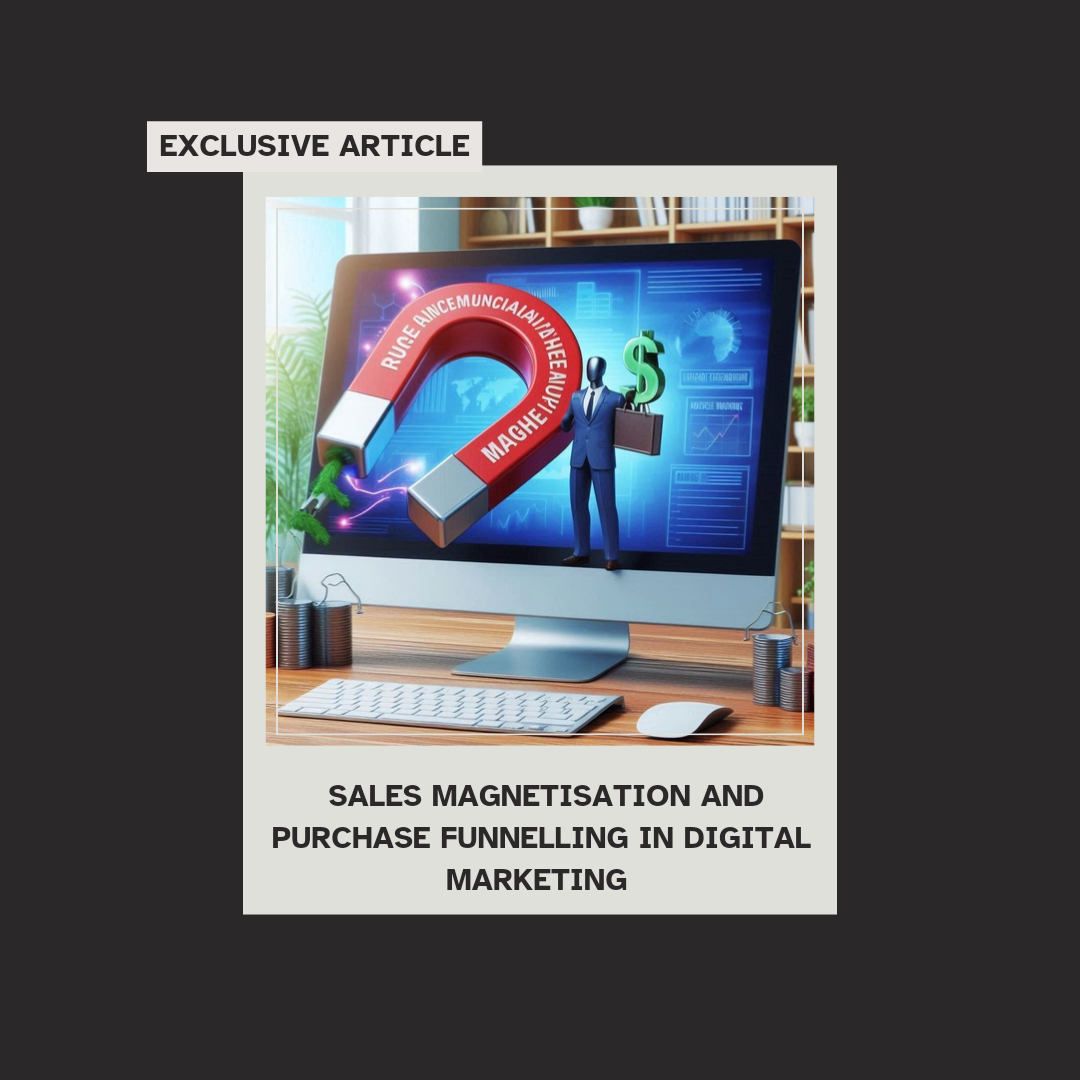Articles
Business and the Economy
EXCLUSIVE
ARTICLES
Make an impact today
Support my free content by contributing a donation.

How to Reach Your Target Audience in Online Business
Reaching your target audience in online business is crucial for driving engagement, conversions, and long-term success. Here are several strategies to effectively connect with your desired demographic:
Identify Your Target Audience
Before you can reach your audience, you need to clearly define who they are. This involves researching demographics, interests, and purchasing behaviors. Use tools like surveys, social media analytics, and market research reports to gather data. Create detailed buyer personas that encapsulate the traits and motivations of your ideal customers.
Leverage Social Media Platforms
Social media is a powerful tool for reaching your target audience. Each platform caters to different demographics, so choose the ones that align with your audience's preferences. For instance, Instagram is popular with younger audiences, while LinkedIn is favored by professionals. Tailor your content to fit the platform's style and your audience's expectations—whether through engaging visuals on Instagram or informative articles on LinkedIn.
Content Marketing
High-quality content that resonates with your audience can establish authority and build trust. Develop blog posts, videos, infographics, and podcasts that provide value to your target audience. Focus on their pain points and interests. Implement SEO best practices to ensure your content ranks well in search engine results, making it more discoverable to those looking for information in your niche.
Email Marketing
Build an email list to maintain direct communication with your audience. Send personalized content and promotions that speak directly to their needs and interests. Segment your email list based on customer behavior and preferences to increase engagement rates. Regular newsletters can keep your brand at the top of their minds while driving traffic to your website or social media channels.
Paid Advertising
Consider using targeted advertising on platforms like Google Ads and social media. These platforms allow you to define specific demographics, interests, and behaviors to ensure your ads are seen by those most likely to convert. Monitor and analyze the performance of your campaigns, adjusting them based on what works best for your audience.
Collaboration and Networking
Partner with influencers or businesses that share your target audience. This can provide access to a wider audience and build credibility for your brand. Take part in online forums and discussion groups related to your industry to further establish your presence and connect with potential customers.
By combining these strategies and consistently adapting to your audience’s changing preferences, you can effectively reach and engage your target audience in the online business landscape. Understanding and meeting their needs will ultimately lead to increased loyalty and growth for your business.

Price Elasticity and Marginal Utility of an Online Service Product
Price elasticity and marginal utility are critical concepts when evaluating an online service product. Price elasticity measures the responsiveness of demand to a change in price; it indicates how much the quantity demanded of a service will change when the price increases or decreases. For example, if an online subscription service raises its price by 10% and experiences a 15% drop in subscriptions, the price elasticity of demand can be calculated as -1.5, indicating that the demand for this service is elastic.
In contrast, marginal utility reflects the additional satisfaction or benefit a consumer derives from consuming one more unit of the service. For online services, this can be closely tied to features offered, user experience, and perceived value. If a platform introduces new features that significantly enhance user satisfaction without a proportional price increase, users may perceive a high marginal utility, potentially justifying a higher price point.
To effectively set pricing strategies, businesses must closely monitor both price elasticity and marginal utility. A nuanced understanding allows for the optimisation of pricing to maximise revenue while ensuring the perceived value remains high for consumers. In competitive online markets, failing to align service pricing with these economic principles may result in lost customers or diminished brand loyalty. Thus, a delicate balance between pricing, service enhancements, and consumer satisfaction must be maintained to foster growth and sustainability.


